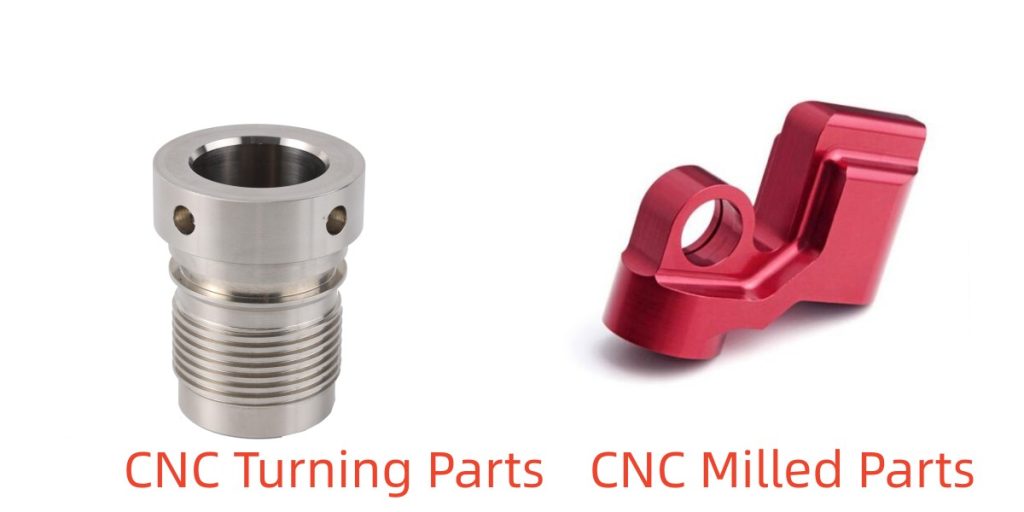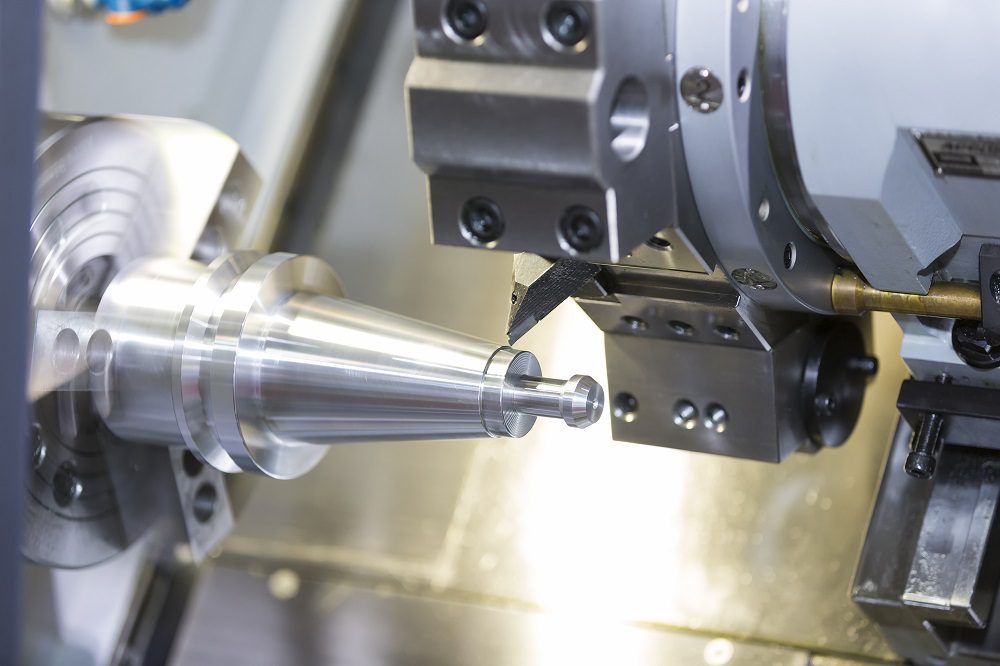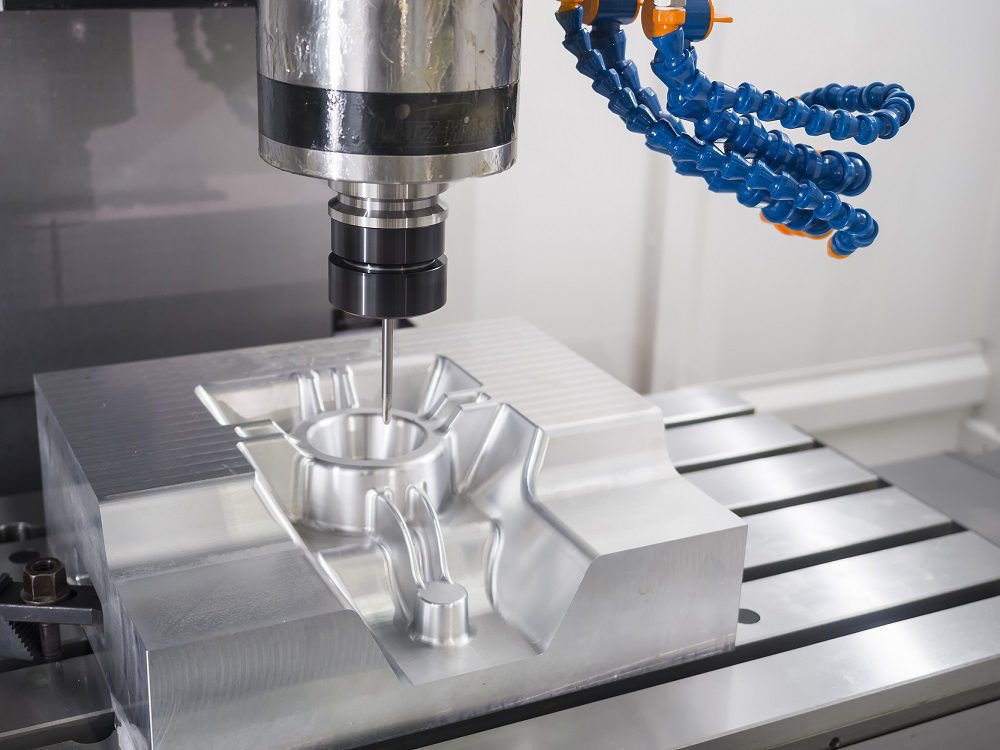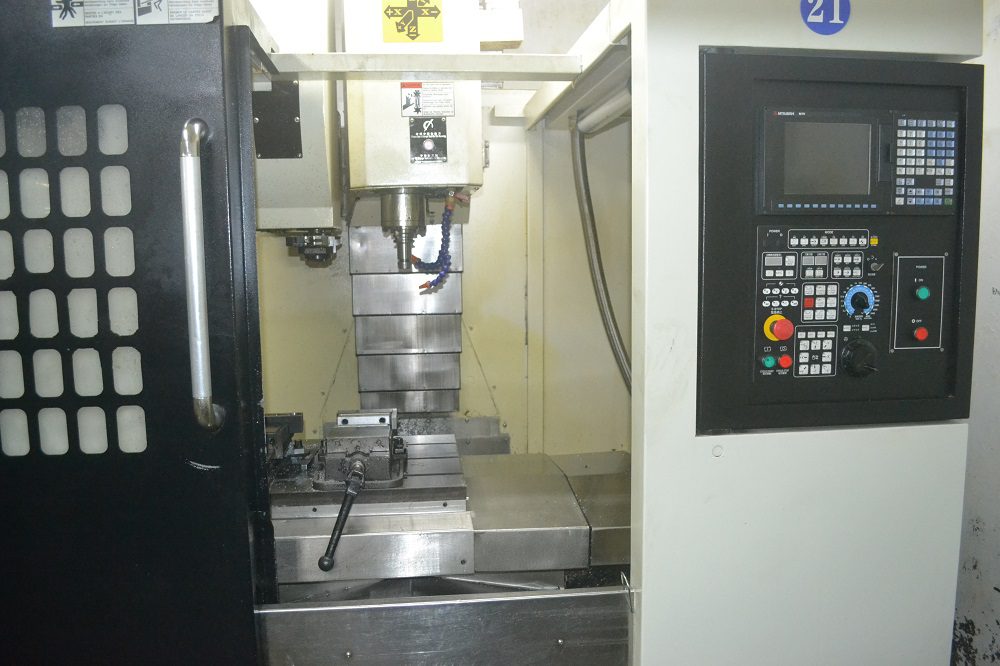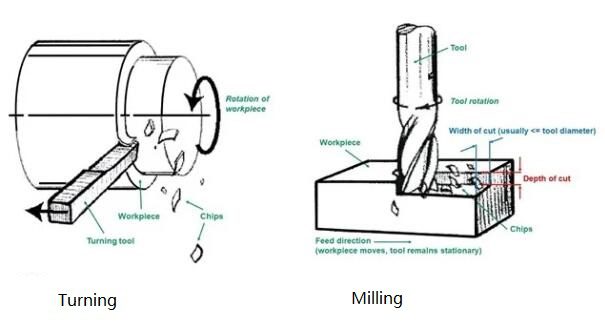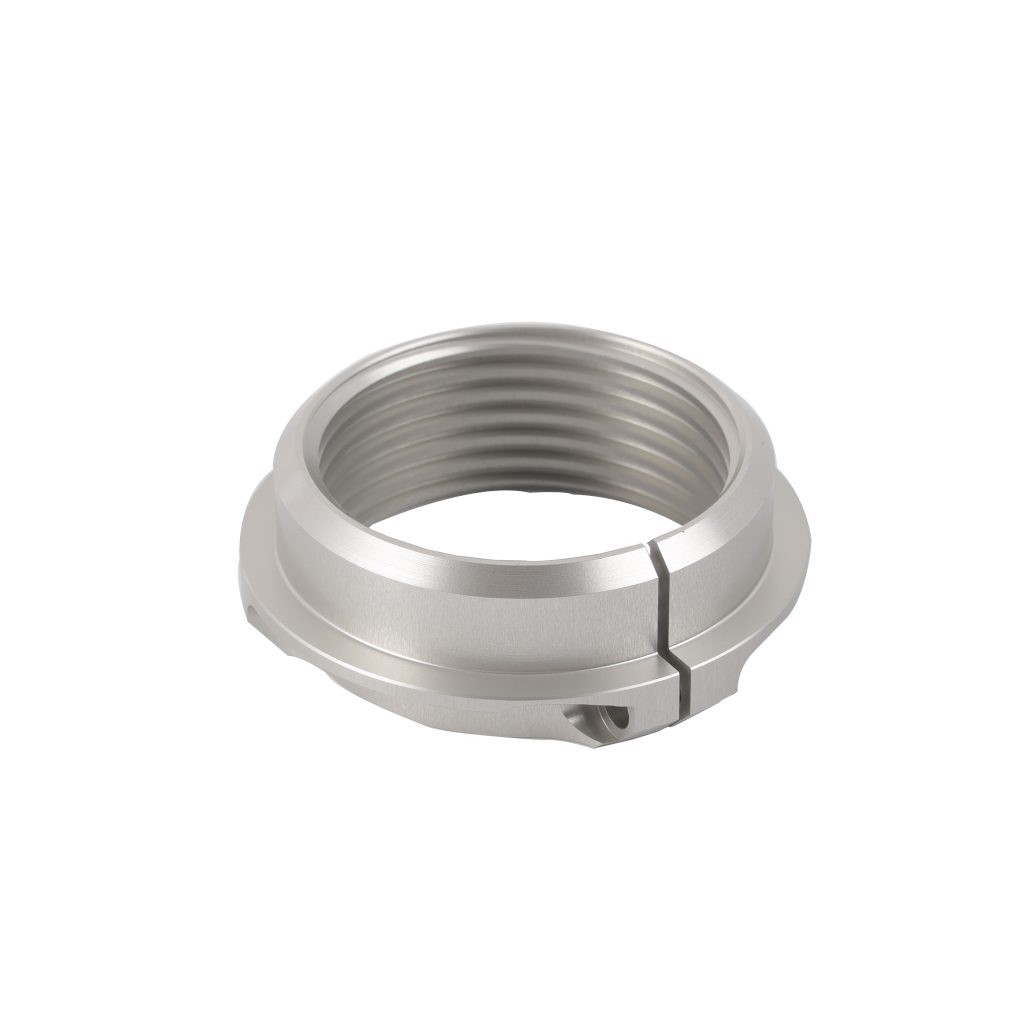The world of CNC machining has revolutionized the manufacturing industry, providing an efficient means of producing intricate parts with high precision. With a range of services available from metal lathe services to sophisticated live tooling for CNC lathes, the domain of CNC machining is vast and varied. However, while the overarching realm of CNC machining offers numerous possibilities, it’s essential to distinguish between its two primary processes: CNC turning and CNC milling.
By making an informed choice between turning in machining and milling, manufacturers can better meet project requirements, achieve cost savings, and ensure optimal part performance.
Overview of CNC Turning Parts
When we talk about CNC turning, we’re delving into a specific type of machining process that involves a rotating workpiece while a stationary, single-point cutting tool is driven to the piece, shaving off layers to create symmetrical objects. This is the essence of turning in machining.
What is CNC turning?
CNC turning is a subtractive manufacturing process where the material is removed from a rotating workpiece using a cutting tool. This method uses CNC turning machines that are, in essence, automated lathes. These machines provide a mechanism where the lathe parts move in tandem with the input from the computer program, ensuring high precision and consistency in the manufactured parts.
Description of the turning process:
Overview of CNC Milled Parts
CNC milling stands in contrast to CNC turning, offering a unique set of capabilities and benefits in the world of machining. Unlike the rotating action of turning, milling revolves around a cutting tool moving across the surface of a stationary workpiece to shape it as required.
What is CNC milling?
CNC milling is a machining process where a rotary cutting tool removes material from a stationary workpiece to form the desired shape. It is typically used to create parts with complex contours and profiles, or where holes, slots, and other features are required. With the cutting tool moving in multiple directions, the milled part can have varied geometries. This dynamic technique is leveraged at Worthy Hardware to craft precision parts tailored to clients’ specifications.
Description of the milling process:
Choosing the Right Process
Deciding between turning and milling is not just about understanding the technicalities of each process; it’s about aligning those processes with the specific needs of your project. Whether you’re an experienced engineer or someone looking for lathe machining near me, considering the following factors will guide you to make an informed decision.
Design Specifications
The very essence of your component, from its geometry to its intricacies, plays a significant role in determining the optimal process. As mentioned, turned parts are often symmetrical, making turning the best choice for such components. Conversely, if your design has intricate details, varying depths, or unique profiles, milling offers the versatility to bring such designs to life.
Volume of Production
For large-scale production, the setup time and speed of operation become paramount. Turning, due to its straightforward process, can often be quicker for high-volume runs of symmetrical parts. On the other hand, milling might be ideal for smaller batches or prototypes because of its adaptability and ability to handle intricate designs.
Material Type
Not all materials behave the same way under different machining processes. Some materials might be more suitable for the consistent and linear motion of turning, while others, especially those prone to chipping, might be better milled.
Tolerance and Finish Requirements
If you’re aiming for a mirror-like finish or need parts that adhere to incredibly tight tolerances, your choice might lean towards turning in machining.
Cost Considerations
Budget constraints are a reality for many projects. When weighing the cost and time efficiency between turning and milling, consider factors like machine setup time, tool wear, operational costs, and the potential need for secondary processes.
Trustworthy Suppliers
Lastly, and crucially, the expertise of your chosen supplier can make all the difference. Working with reputable companies like Worthy Hardware ensures that you not only get high-quality CNC lathe parts but also invaluable guidance on choosing the right process.
Conclusion
Worthy Hardware has demonstrated the incredible innovations achievable through these processes. Their commitment to rapid prototyping and high-quality production underscores the importance of selecting the right technique for the job.
For those still wondering, “what is CNC turning?” or “which lathe services near me are best for my needs?”, the answers lie in understanding your project’s requirements and consulting with experts in the field. It’s not just about choosing between turning and milling; it’s about harnessing the power of CNC machinery to realize your goals with precision, efficiency, and artistry.
FAQ (Frequently Asked Questions)
How does CNC milling differ from CNC turning?
CNC milling utilizes a multi-point cutting tool that moves in multiple directions across a stationary workpiece, carving away material to achieve the desired shape. In contrast, in CNC turning, the workpiece itself rotates, and the cutting tool moves in a linear fashion. The main equipment for milling is a milling machine, while turning employs a lathe.
When should I choose CNC turning over CNC milling?
Choose CNC turning when your project requires symmetrical or round parts, or if you’re prioritizing a smoother surface finish and tighter tolerances. If the design is more intricate or has unique geometries, CNC milling might be the better choice. Always consult with a machining expert to determine the best process for your specific needs.


